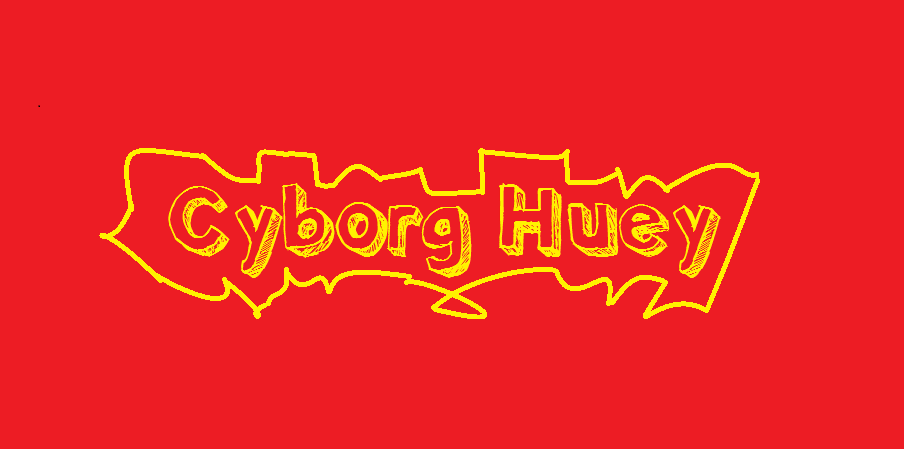Despair overtakes you as your houndmaster misses an all-important attack on an enemy fusilier, the lighter of the brigand’s massive boss cannon. The cannon is going to fire this turn, and there’s nothing left you can do to stop it. While your leper and bounty hunter land the finishing blows on the massive machine, your plague doctor and houndmaster fail to survive the encounter, joining the legions of the dead that occupy the hamlet’s graveyard. Dead champions never return, but their memory will haunt you through all the battles and dungeons yet to come.
Tremendous highs and tumultuous lows combine in the Lovecraft-inspired, turn-based dungeon-crawler Darkest Dungeon. You’re always one hit point or one mind sliver away from complete collapse as you explore winding halls of ruins, warrens, coves, and the titular Darkest Dungeon itself. Featuring permadeath, procedurally generated levels, and some aspects of permanent progression as the player builds up the decrepit hamlet into a bustling economy, the game is ultimately about finding combinations of curious glory seekers and treasure hunters and putting them to work against swarms of deadly and debilitating monsters.
This dread ensemble is a pleasure to manage down to the finest details. With 14 different classes to choose from, each with many unique abilities, weapons to customize, skills to upgrade, quirks to manage, and diseases and afflictions to cure, you’re always managing something.
With perseverance, you can even the odds against the nightmares ahead. The game strikes a brilliant balance most of the time, constantly testing the player to weigh resources and risks, but training a fresh team after a massive loss can be time consuming and punishing. This too, can be an important lesson: In Darkest Dungeon, discretion is often the better part of valor, and while mechanics make cowardice costly, it’s far better than losing a team to the grave forever.
Your hamlet will continue to improve even if your characters continue to head toward the grave, as most standard dungeon runs offer resources to help you upgrade your facilities. It’s an important and satisfying mechanic that gives some sense of progression even in the face of overwhelming odds.
Darkest Dungeon tweaks the traditional task of managing character hit points by adding another element called stress. Darkness, enemy attacks, critical strikes, and watching comrades fall can all cause despair.
A full stress bar gives the hero a chance for greatness in the face of terror, but the more likely outcome is a serious malady such as masochistic or antagonistic tendencies, which could lead your characters to injure themselves, become unresponsive to your orders, or chastise the rest of the team into deep depression.
Managing these two resources along with light sources, provisions, and other supply items as you traverse the depths makes for an insightful lesson in risk-management, and it feels wonderfully satisfying when you deliver the deathblow to a crawling chaos. Depending on the dungeon run, your heroes may come back with diseases, maladies, or stress that should be taken care within the hamlet before sending them out to venture again, making the construction of many different teams a necessity so some can adventure while others rest.
Darkest Dungeon boasts plenty of substance and style, but if you’re averse to crushing difficulty it may prove to be too frustrating to be palatable. The uncompromising difficulty and challenge will be attractive to some, but could put off players looking for a simple crawler where you can outlevel or outgear content, and the sometimes grindy nature of recouping losses can take its toll.
Darkest Dungeon is an incredible take on the classic dungeon crawl. The game brings Lovecraftian lore to new heights with cool classes, powerful narration, stylish art, and addictive gameplay that will keep you crawling back to battle slithering monstrosities even as your favorite heroes become corpses.
